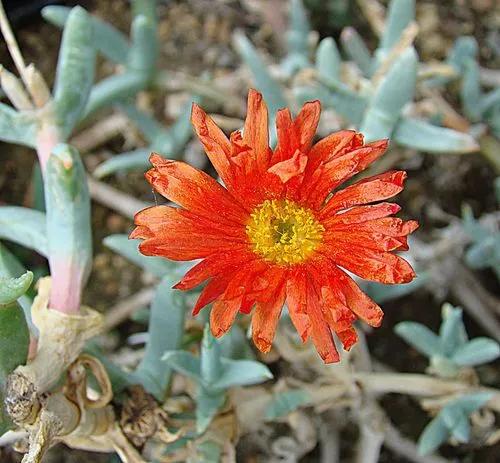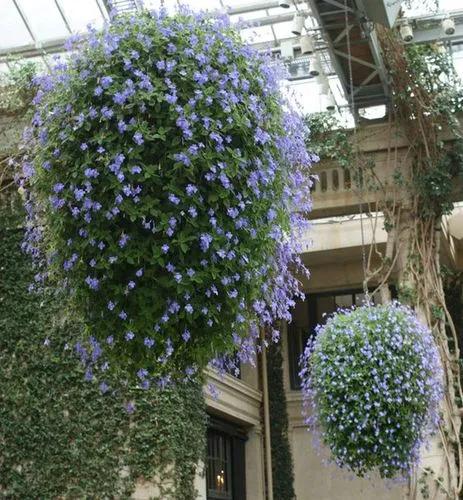Aechmea fasciata ornamental plant-epiphyte cultivated as a houseplant. Be careful with it because its juice can irritate the skin despite its weak toxicity.
Urn Plant Care
Aechmea fasciata
Other names: Silver Vase Plant, Silver Vase Bromeliad, Aechmea Plant



The flower lives in nature in the alpine forests of South and Central America, growing on tree branches and cracks of the rocks and embankments. A. fasciata is highly decorative due to its leathery, xiphoid striped green leaves with silvery stripes.
How to Care for the Plant

Water

Water the Urn plant from April to September a couple of times a week and less often in the remaining months. It should be done directly into the rosette only with slightly warm water.

Pruning

No special forming is required. You may remove faded inflorescences with the help of secateurs.

Fertilizer

Apply a multi-component mineral fertilizer from spring to early autumn once every 3 to 4 weeks during irrigation. Do not forget to lower the concentration of liquid fertilizer.

Sunlight

The plant maintains a good indoor microclimate and absorbs formaldehyde vapors and other harmful chemicals.

Soil

Peat as a substrate will do if you add a few pieces of dry moss and pine bark. Just to add, all these components are present in the soil for orchids. Lay out the bottom of the pot with a layer of expanded clay or river pebbles for drainage.

Propagation

Propagation of the Urn plants is possible by shoots and seeds, more conveniently by shoots.

Temperature

The temperature regime should be within 72-79 °F (22-26 °C) in summer and not lower than 63 °F (17 °C) in winter.

Container

The plants can grow in a container, but you must ensure they are large enough.

Fun fact

The herbaceous perennial Aechmea fasciata blooms only once in a lifetime.

Popularity

608 people already have this plant 164 people have added this plant to their wishlists
Discover more plants with the list below
Related articles






